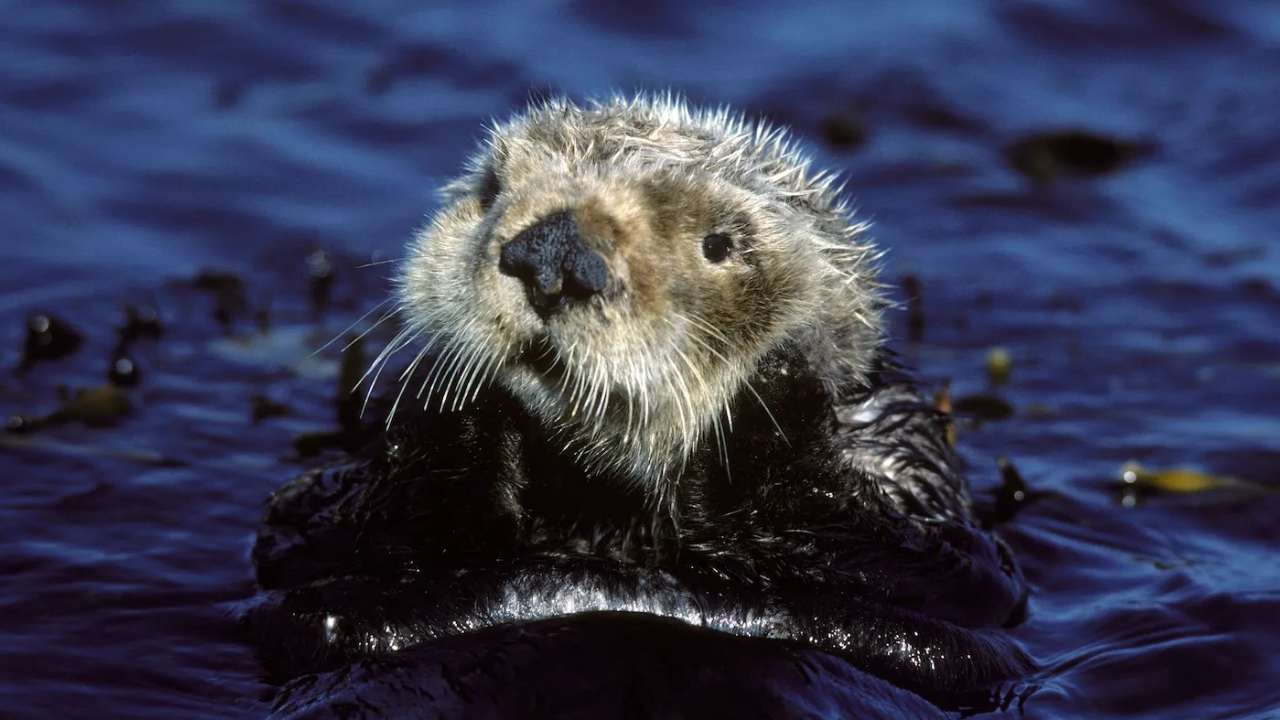In the vibrant coastal waters of Monterey Bay, California, a remarkable shift is occurring among the local sea otter population. These intelligent marine mammals are increasingly using tools to access more challenging prey, according to a groundbreaking study published in the journal Science. This behavior marks a significant adaptation in response to the scarcity of their preferred food sources, driven by the booming otter population itself.
Historically, sea otters have favored prey like sea urchins and abalones, which are relatively easy to consume without the need for tools. Chris Law, a researcher from the University of Texas at Austin and the study’s lead author, explains, “Historically, [otters] prefer sea urchins and abalones – prey items that they don’t need tools to break open.” However, the overconsumption of these species by the otters has led to a notable decline in their populations. This decline has had a surprisingly beneficial impact on coastal ecosystems, as sea urchins, known for their voracious appetite for kelp, have been kept in check by the otters’ predation.
Sea otters are exceptional predators, consuming up to three times as much per pound of body mass as typical mammals of their size. Tim Tinker, an ecologist from the University of California Santa Cruz and co-author of the study, highlights the ecological benefits of this predation. By reducing sea urchin populations, otters have allowed the recovery of kelp forests and coastal marshes, ecosystems crucial for marine biodiversity. These findings, corroborated by a study published in Nature in January, underscore the otters’ role in ecosystem restoration.
The resurgence of the otter population is a testament to successful conservation efforts. Once nearly driven to extinction by a two-century-long fur trade, otters were granted protection under the Marine Mammal Protection Act in 1972. At their lowest point, Central California’s otter population dwindled to a mere 50 individuals. Today, their numbers have rebounded to approximately 3,000, a recovery that has brought them into a delicate balance with their prey resources.
As their preferred prey has become scarcer, otters have adapted by expanding their diet to include more challenging prey such as snails and clams. This dietary shift has necessitated the use of tools, a behavior that has intrigued scientists. The tools, while rudimentary by human standards, are effective. Otters use rocks, glass bottles, shells, and even boats or docks as anvils to smash open the hard shells of these mollusks. This tool’s use represents a significant behavioral adaptation and specialization.

The origins of otter tool use remain a mystery. “Their tools don’t really fossilize,” Law notes, making it difficult to determine when this behavior first emerged. What is clear is that the current increase in tool use is a direct response to the changing availability of prey. This behavior underscores the otters’ remarkable adaptability and intelligence.
The dense fur of sea otters, which can have up to a million hairs per square inch, provides insulation crucial for survival in the cold North Pacific waters. However, this prized fur also made otters a target for hunters, nearly leading to their extinction.
The recovery of otter populations has had profound ecological impacts, given their role as a keystone species. Their predation on sea urchins has prevented the kelp forests from transforming into barren sea urchin-dominated landscapes, preserving the habitat for a variety of marine life, including filter-feeding mussels and barnacles, as well as fish species like greenlings.

The cascading effects of otter predation extend beyond marine ecosystems. The decline in kelp forests historically led to a decrease in fish populations, which in turn affected bird species such as bald eagles and gulls. As otter populations rebound and help restore kelp forests, these complex food webs are gradually rebalancing.
Marine biologists have also observed the positive impacts of otters on other coastal ecosystems, such as the eelgrass beds in Elkhorn Slough. Otters rehabilitated and released into these areas have contributed to the restoration of these vital habitats.
Read More: Coming Soon: “Suspense Day” and Its Impact on Proposed California Laws!
Jews Were Kept Off Death Penalty Juries in A California County for Many Years, New Evidence Shows!
5 Buffet Restaurants in New Jersey Where You Can Eat as Much as You Want!
The adaptive tool use by Monterey Bay’s sea otters highlights their incredible resilience and intelligence. As they navigate the challenges of a changing ecosystem, their role as keystone species continues to underscore the importance of conservation efforts. The story of the sea otters is not only one of survival but also of the intricate interconnections within coastal ecosystems, demonstrating the profound impact one species can have on its environment.

